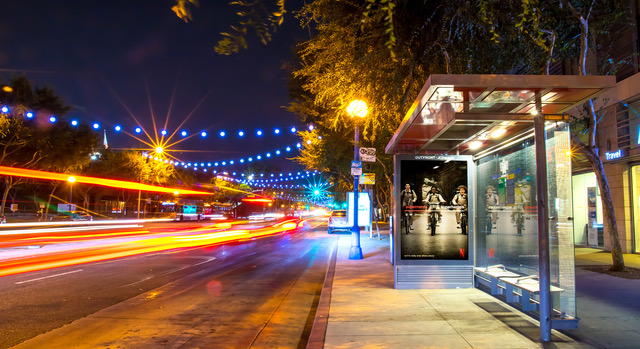Annie Rickard of OOH Capital: how urban media can help transform smart cities


Every day articles are published about what a city should be. At the same time, there is much discussion around the way people’s work habits have changed because of the pandemic and the impact remote working is having on city environments.
Whether it’s a one-minute city or a fifteen-minute city, or some other city, they will all have one thing in common. Things have changed and, as stated in the latest Global City Report from management consultancy A T Kearney, city planners must ‘re-imagine city planning in a way that makes the lived environment more sustainable, resilient and inclusive’.
One asset that is often overlooked or undervalued in this equation is urban media: communication in public spaces.
Most cities and municipalities around the world already derive valuable revenue share income from Urban Media. And additionally mobilise valuable free public messaging campaigns through their Out of Home media estates, with posters and digital screens that are tastefully incorporated in bus shelters, on public land and in public transport networks, providing important civic and safety information, that reach and impact their citizens when they are away from home, engaged in the activities of daily life.
And the income can be significant. It is estimated that a large proportion of revenues generated through Out of Home advertising ends up in city treasuries, through revenue sharing agreements with Operators. But can city authorities achieve more, by revving-up their revenues from urban media and unlocking the hidden value residing in these often-underexploited estates?
Cities have long accessed these benefits through varied webs of commercial partnerships with Out of Home Operators that offer, through these urban media facilities, a vast spectrum of civic amenities and other essential community services.
They range from bus shelters, public toilets and way-finding signage to providing a medium for public messaging, a service that has been much utilised by authorities during the Covid pandemic.
And these Urban Media Operators offer services that maximise incremental income potential while providing the next-generation amenities that enable convenience and promote community pride.

However, many of these commercial partnerships have been negotiated at different times over long time spans, that were codified before the introduction of today’s cutting-edge technologies, which means that cities may not be fully aligned with the needs of 21st century communities and their citizens.
It’s time for cities to optimize their existing and future urban media programmes by rationalising and streamlining commercial relationships and investigating the financial and community benefits that the latest technologies afford. This will allow cities to leverage the potential of innovation and digital integration.
By reviewing and improving how they manage their urban estates, cities and municipalities can introduce new revenue streams, enhanced civic communications, and deliver an improved carbon footprint, all the while building better municipal services including data integration, security solutions and maintenance assistance.
And urban media, with its financial contributions and innovative ways of providing public amenities, can make a great contribution to the process of financing new ideas and making public spaces more useful, attractive and friendlier environments.
Source: Anne Richard
